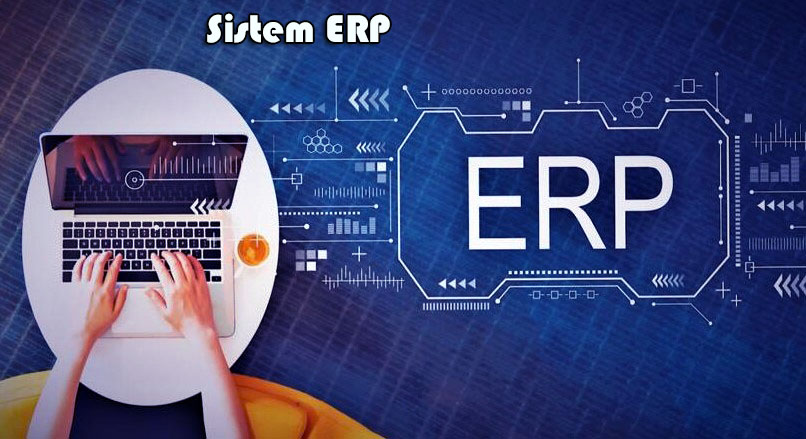Enterprise Resource Planning (ERP) Systems: A Comprehensive Guide to Streamlining Business Operations
In today’s dynamic business landscape, organizations constantly seek ways to optimize efficiency, enhance collaboration, and gain a competitive edge.
Enterprise Resource Planning (ERP) systems have emerged as transformative tools, empowering businesses to integrate and streamline core processes across departments, from finance and supply chain management to human resources and customer relationship management.
This comprehensive guide delves into the world of ERP systems, exploring their key functionalities, unveiling their diverse benefits, and equipping you with the knowledge to determine if ERP implementation aligns with your specific business needs.

Demystifying ERP Systems: Unveiling the Power of Integrated Business Management
ERP systems offer a centralized platform to manage and connect various aspects of an organization’s operations. Here’s a breakdown of their core functionalities:
- Integrated Data Management: ERP systems consolidate data from disparate sources across the organization into a unified repository, eliminating data silos and ensuring consistency.
- Streamlined Business Processes: ERP automates and streamlines repetitive tasks across departments, reducing manual errors and improving operational efficiency.
- Enhanced Visibility and Decision-Making: ERP provides real-time insights into business performance, enabling informed decision-making and strategic planning.
- Scalability and Adaptability: ERP systems are designed to grow with an organization and can be adapted to meet evolving business needs.
By implementing an ERP system, businesses can unlock a wealth of benefits:
- Improved Efficiency and Productivity: Streamlined workflows, automated tasks, and real-time data access increase efficiency and productivity across the organization.
- Reduced Costs: ERP can help reduce operational costs by eliminating redundant processes, minimizing errors, and optimizing resource utilization.
- Enhanced Collaboration and Communication: ERP breaks down departmental silos, fostering better collaboration and communication across the organization.
- Improved Customer Satisfaction: ERP can improve customer satisfaction by streamlining order processing, enhancing inventory management, and providing better customer service.
- Gaining a Competitive Edge: ERP can help businesses gain a competitive edge by adapting quickly to changing market conditions, improving product quality, and delivering superior customer service.
Unveiling the Spectrum of ERP Solutions: Finding the Ideal Fit
The ERP landscape offers a variety of solutions to cater to diverse business needs and industries. Here’s a breakdown of some common ERP types:
- On-Premises ERP: This traditional approach involves installing the ERP software on the organization’s servers, providing greater control over data and customization options.
- Cloud-Based ERP (Software as a Service – SaaS): With cloud-based ERP, the software is hosted and managed by a third-party provider, offering scalability, flexibility, and reduced upfront costs.
- Hybrid ERP: A hybrid approach combines on-premises and cloud-based ERP, allowing businesses to customize core functions while leveraging the cloud for scalability and cost-effectiveness.
- Industry-Specific ERP: Tailored ERP solutions are designed for specific industries, such as manufacturing, healthcare, or retail, addressing unique industry challenges and regulatory requirements.
Choosing the Ideal ERP Solution: A Tailored Decision
Selecting the right ERP solution requires carefully considering your business needs, technical expertise, and budget. Here are some key factors to guide your decision:
- Business Needs: Evaluate the complexity of your business processes, the data volume, and the integration level required.
- Industry Requirements: Consider industry-specific regulations, compliance needs, and best practices if applicable.
- Technical Expertise: Assess your in-house IT capabilities to determine if on-premises or cloud-based ERP suits you.
- Budget and Cost Considerations: Evaluate upfront costs, ongoing licensing fees, implementation and maintenance expenses, and potential cloud subscription costs.
- Scalability and Growth: Choose a solution that can scale with your business growth and adapt to future needs.
- Vendor Reputation and Support: Research potential vendors’ reputations, their experience in your industry, and the level of support they offer.
Beyond ERP Implementation: Additional Considerations for a Successful Journey
ERP implementation is a significant undertaking, requiring careful planning and execution. Here are some additional factors to consider for a successful ERP journey:
- Change Management and Training: Prepare your employees to transition to a new system by providing comprehensive training and addressing potential resistance to change.
- Data Migration and Integration: Plan and execute a meticulous data migration process to ensure data accuracy and consistency within the ERP system.
- Ongoing Maintenance and Support: Establish a plan for ongoing maintenance, updates, and support to ensure the ERP system remains optimized and aligned with your evolving business needs.